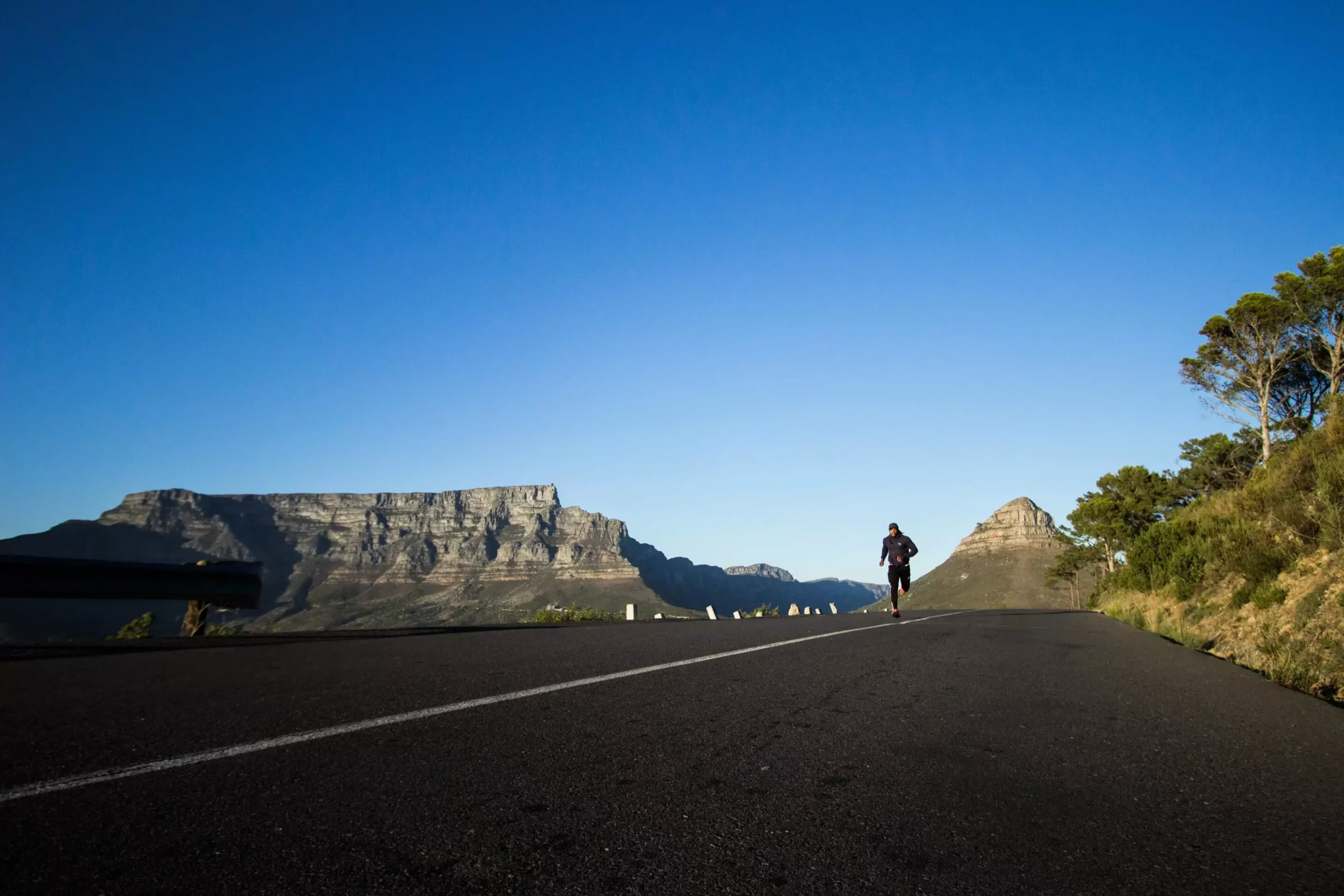In a remarkable display of engineering prowess and sustainable innovation, a team of Belgian students and engineers emerged victorious in the renowned solar-powered car race held in South Africa. The event, celebrated for its difficulty and technological testing ground, saw participation from more than a dozen teams representing various nations. Spanning eight days and covering thousands of kilometers, the race pushed participants—both vehicles and humans—to their limits against a backdrop of unpredictable weather and extreme altitudes.
This year, Innoptus, the Belgian team, not only secured the top spot but did so by breaking their own records during the event. Their triumph highlights not just the potential of solar technology but also the determination and resilience of the team members. The Sasol Solar Challenge, which has taken place biannually since its inception in 2008, commenced on September 13, initiating a fierce competition that began in Secunda and concluded in Cape Town.
The Essence of the Race
Rob Walker, the Race Director, aptly described the event as a “crucible,” emphasizing its position as the world’s most formidable solar challenge. This sentiment resonates with the participants, who faced not only technological hurdles but also the elements themselves. This year’s iteration saw varied terrains and climate conditions that presented formidable obstacles, testing the designs and strategic ingenuity of each team.
The Innoptus vehicle, characterized by its sleek, flat surface that housed an array of photovoltaic panels, illustrated cutting-edge technology. The design was conspicuously practical, yet appealing, showcased by its white exterior and the distinctive number plate, “SUN 08.” The vehicle’s aerodynamic shape and efficiency were paramount in achieving such impressive results, a testament to its creators’ meticulous planning and execution.
Arne Besteijns, who serves as the public relations officer for Innoptus, encapsulated the spirit of the challenge by stating, “If you want to create a renewable future, we still have a lot of work to do, but we believe in ourselves, and it’s possible to do it.” This declaration underscores an important narrative within the race: the journey towards a sustainable future relies on collective belief and effort. Each participant, whether they finished at the front or the back, contributed to a larger conversation about renewable energy and its viability.
Such global participation also fostered camaraderie amongst teams, with other competitors from South Africa, Qatar, Italy, Netherlands, Turkey, and Germany. The event not only pushed technological boundaries but also built community among those passionate about sustainable transportation.
The conclusion of the race was celebrated not just by the winners but by hundreds of enthusiastic fans who gathered to cheer for the participants. The atmosphere was electrifying, marked by confetti and jubilant celebrations as teams crossed the finish line. From South Africa, driver Ebenhezer Tswana reflected on the doubt surrounding their vehicle’s capabilities, expressing joy and relief that they successfully completed the challenge.
This year’s solar race was more than just a contest; it signified hope and innovation in the face of adversity. As the world grapples with climate challenges, events such as the Sasol Solar Challenge not only inspire future technologies but also invigorate efforts towards a sustainable planet.


Leave a Reply